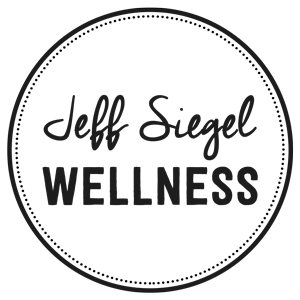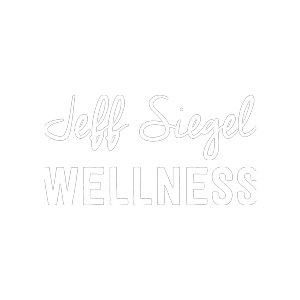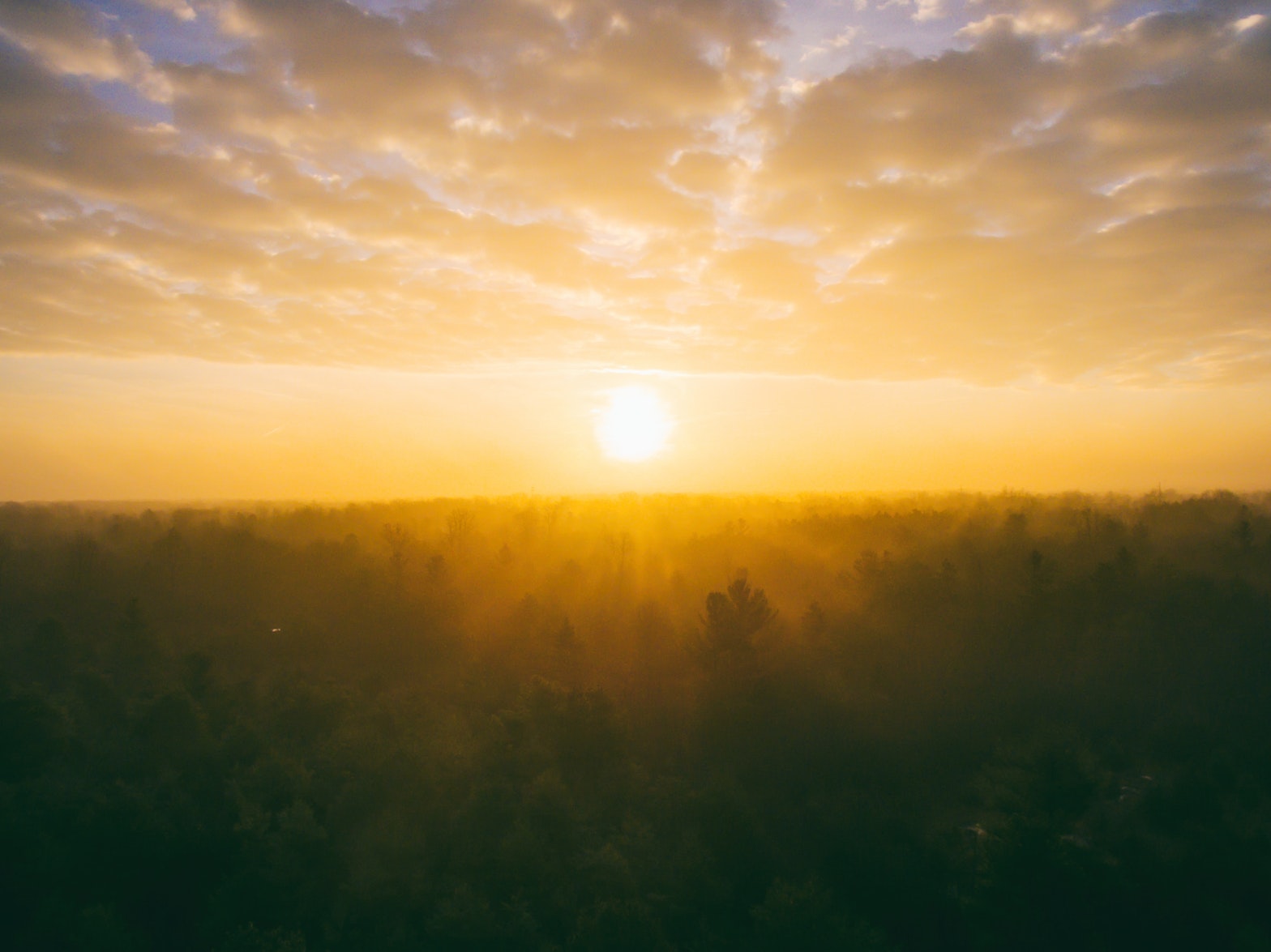Guess what Boston? It’s the first day of the year for natural vitamin D! That’s right, step outside at 11:57 (solar noon) turn towards the sun and take a big smile 🙂
Why can’t we get vitamin D throughout the whole year?
(If you don’t care about the science, skip to the last paragraph.)
Sunlight can be divided in to UVA and UVB type rays which differ slightly in energy/wavelength. The generally accepted belief is that UVB is the only wavelength that will produce vitamin D when hitting unexposed skin. While UVA rays remain relatively constant throughout the year, UVB rays are only present when the sun is high in the sky.
The theory is that is UVB rays are filtered out by the atmosphere when the sun is lower than 50° from the horizon. Unfortunately for those of us living in the Northeast, this means that most of the winter months the sun doesn’t get high enough for UVB rays to penetrate the atmosphere. In other words, winter sun = no vitamin D production.
Not everyone agrees with this hypothesis. In fact my app D-Minder claims vitamin D is available when the sun is at 30° above the horizon (which is today, January 31, 2014). Looking around the Internet you can find other claims saying the sun must be at 37° or 45° above the horizon. Obviously, there’s no clear consensus.
Like all science, we work with hypotheses and constantly revise them as new information becomes available. Nutritional scientist Chris Masterjohn argues that the Latitude Hypothesis is flawed and that vitamin D synthesis is in fact possible optimally for most of the year. The difficulty lies in being able to measure sunlight exposure and Vitamin D levels in humans.
If it’s true that UVB is not readily available until the sun reaches at least 50° elevation, then us Bostonian must wait until March 26th. (You can check the sun elevation for any city by using this cool site from the US NAVY.) But rather than arguing over whether 30° or 50° or whatever number is the correct sun angle for vitamin D production, we must not overlook more obvious factors such at the temperature, cloud cover, and skin pigmentation.
If it’s 20°F outside are you really going to strip down to your shorts and bathe in the sun for 30 minutes? What if it’s snowing out? Does it count if you’re behind a window? Obviously, the availability of Vitamin D doesn’t mean we have the conditions (or motivation) to go out and get it.
The issue is further complicated by figuring out how long to expose our skin without increasing our risk for sunburn. How do we know when we have gotten enough sunshine to raise our vitamin D to healthy level? What is a healthy level? Generally anywhere between 35-70 ng/ml is consider healthy range. If you don’t have access to a blood test, docotors say that getting enough sunlight to make the skin turn a slight pink (way before a sunburn) is an indicator that sufficient UV rays have been absorbed by the skin. (I recomend reading this article for more info about vitamin D blood testing and supplimentation. )
As with most things in life, it’s all about finding the right dose. This adequate amount of sunlight depends on factors like cloud cover and the natural pigmentation of your skin. The way your body uses vitamin D also depends on the presence or absence of both vitamin A and vitamin K (you can read more about interaction effects on Dr. Mercola’s site). Although I wish it were more striaght foward, working together or with a functional medicine practioner can help your figure out the optimal dosage regimine for your body, location and health needs.
To keep it simple. Vitamin D is a key player in your overall health and so is natural sun exposure. They go hand in hand. So regardless of whether the sun is high enough to generate UVB rays for vitamin D, I encourage you to get outside and spend a minute appreciating the sun. It is the source of all energy, light and life for our precious planet. See if you can find something to enjoy about it even if it isn’t ideal. What’s the deal with “ideal” weather, anyway?



